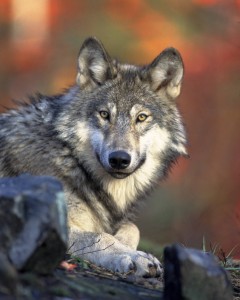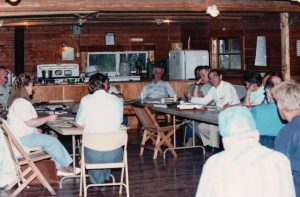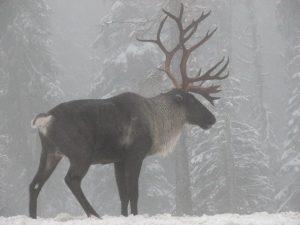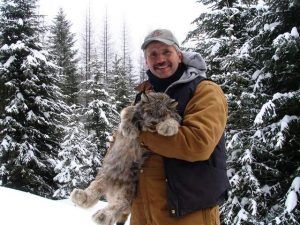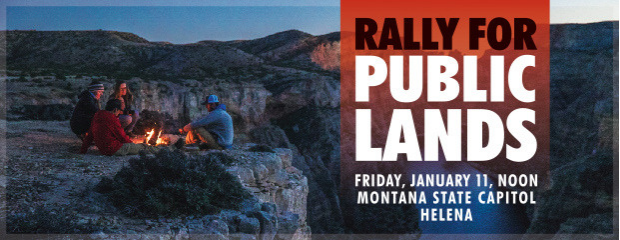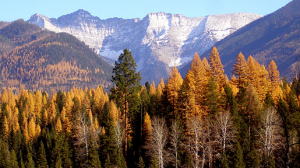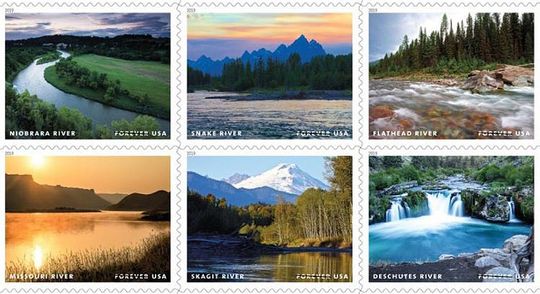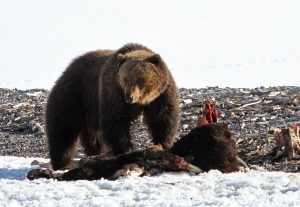Each year, the Winter Speaker Series covers some interesting topics . . .
The annual Winter Speaker Series, sponsored by Glacier National Park Volunteer Associates (GNPVA), has been a tradition in the Flathead Valley for decades, in which a guest speakers present subjects of interest related to Glacier Park on the fourth Monday of January, February and March.
The talks are free and open to the public.
The speaker on Jan. 28 is Brian Sommers, a criminal investigator with Montana Fish, Wildlife and Parks. Sommers, who has been a Montana game warden for 30 years, will give a presentation called “Stories From the Wildlife Human Attack Response Team” at 7 p.m. at the Museum at Central School in Kalispell.
On Feb. 25, Teagan Tomlin, an interpretive ranger in Glacier Park, will present “If Rocks Could Talk.” Tomlin will take listeners through the park’s geologic history and describe four major phases that helped shape the park’s scenery. Her presentation will help listeners interpret the physical appearance of rocks in the park and better understand how Montana has changed over the past 1.5 billion years. The presentation begins at 7 p.m. at the Museum at Central School.
On March 25, Adam Osborne, field manager for Dick Anderson Construction, and other supporting project members will discuss rebuilding Sperry Chalet. The presentation will include photos taken by Amy Boring during Phase 1 of the reconstruction project. The event begins at 7 p.m. at Flathead Valley Community College’s Arts and Technology Building in the Large Community Room (room 139).
For questions, call Teri at (406) 261-1840 or Mike at (406) 548-8949.
